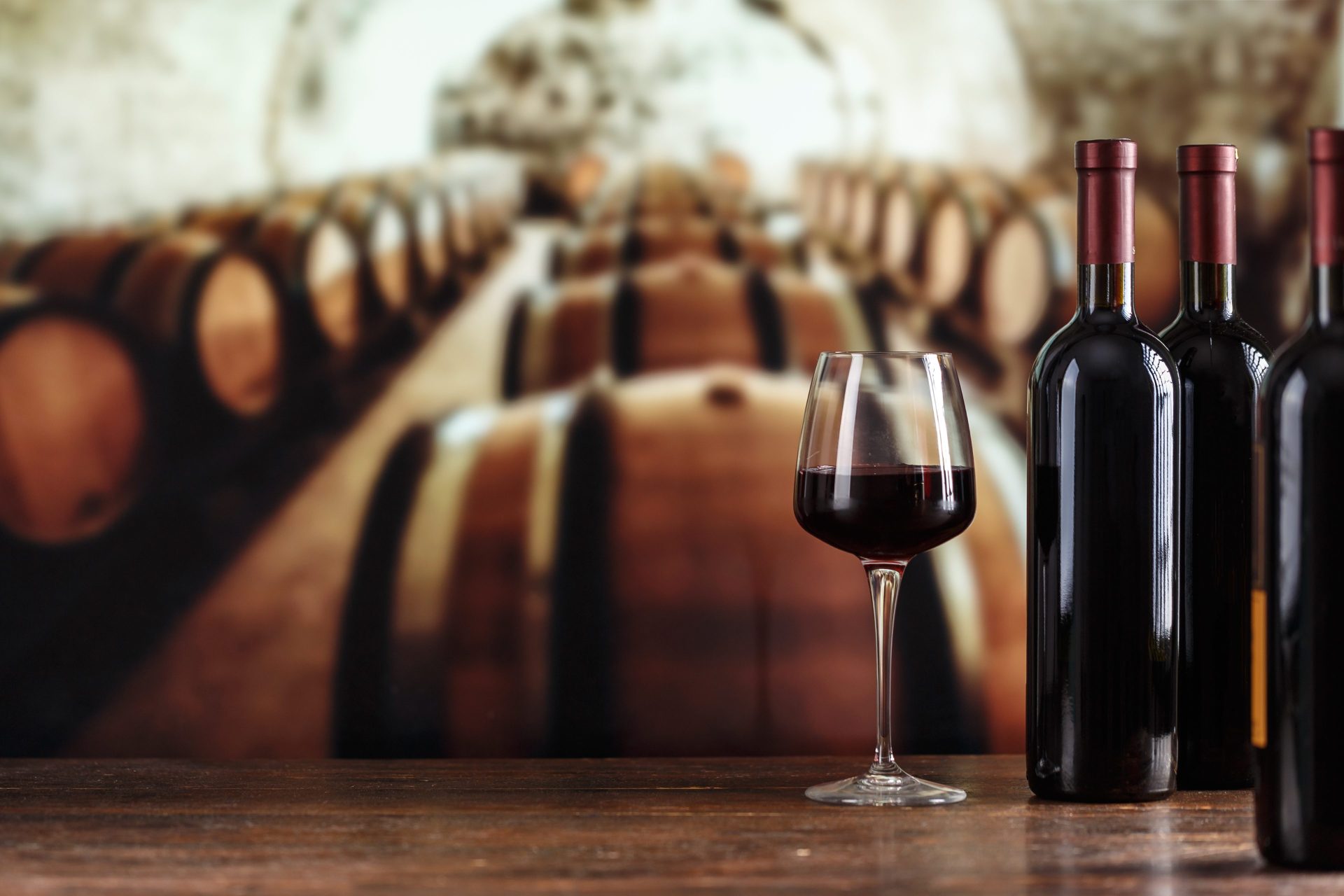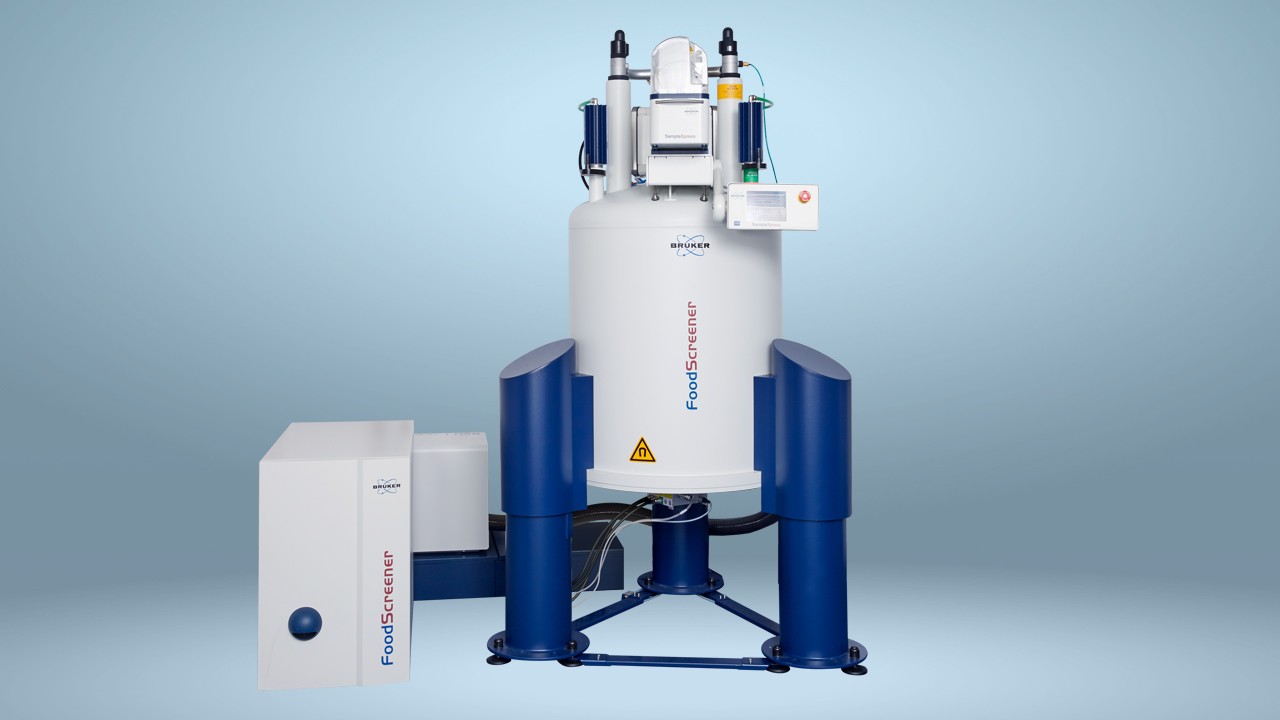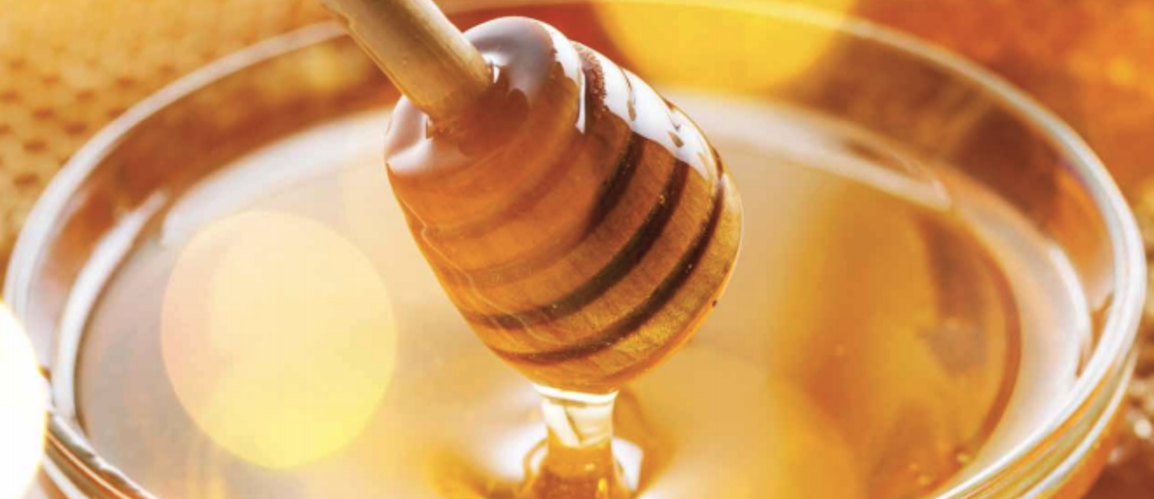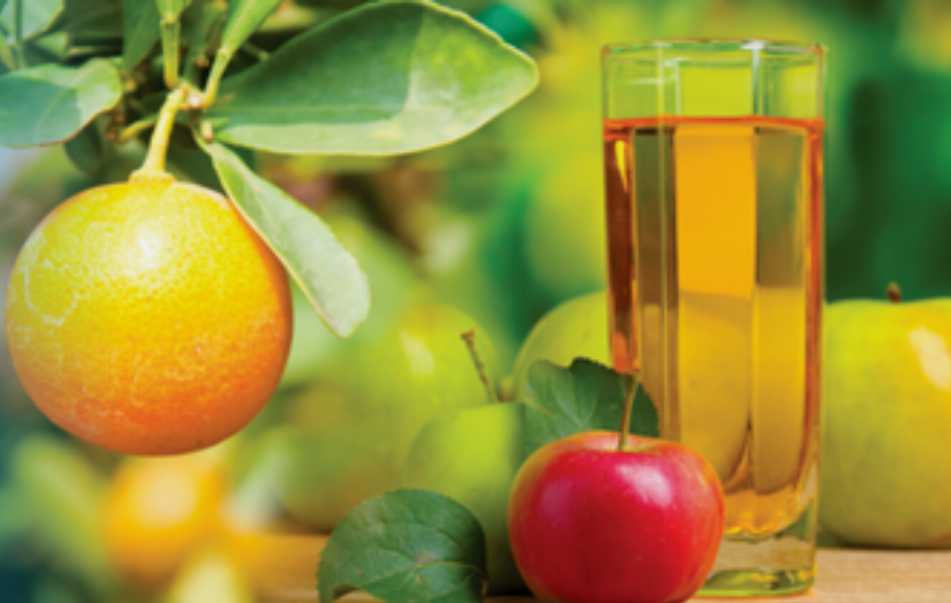

Why NMR is the main detection method for food fraud and authenticity at China’s Food Fermentation Research Institute
In recent years, food fraud and food adulteration have increased significantly. The globalisation of the food chain has added new complexities to a product’s journey before it reaches the shop shelves. This has caused increased uncertainty in the food we eat, leading to consumers questioning whether what they read on the product’s label matches the ingredients inside, posing concerns around product authenticity, ingredient integrity, safety and provenance, and undeclared allergens. The reputational damage to a brand is potentially serious.
Food fraud is not a new problem, as fraudsters have always seen the potential financial gain from counterfeit food and beverage produce. General awareness of the issue of food authenticity, however, is far lower than that of food safety, which has led the way for vulnerabilities to develop across markets. China’s regulatory government departments have paid great attention to the issue of food authenticity because the country’s high demand for premium products and increased import/export strategy has made it an attractive target for food fraudsters.1
Professor Zhong Qiding is a professor-level senior engineer at the Food Quality and Safety Department at the China Food Fermentation Research Institute. At the beginning of his career, Prof. Qiding was involved in revising national and industry standards in the food sector: “We found that the level of counterfeit food was getting higher and higher. Not only was food quality threatened, but the safety of customers and the enforcement of industry standards could not be ensured.”
Detecting Food fraud is challenging - the solution is NMR
Detecting food fraud is challenging, particularly because the fraudsters have developed increasingly sophisticated methods to stay one step ahead of the authorities. Once trust deteriorates between suppliers, manufacturers and consumers, the stability of the whole industry could be compromised.
The most significant shift in food authentication in recent years is the use of nuclear magnetic resonance (NMR), which helps to control issues of traceability and identity in a matter of minutes. NMR is fast emerging as a new and important quality control method.2 A long established technology in medical research applications, NMR is a non-destructive, highly reproducible analytical technique that provides detailed information on a sample at molecular level, providing irrefutable evidence of the product’s composition.
New compact, user-friendly NMR instruments can be used by laboratory operatives with no specialist training to verify the composition and origin of a food or beverage sample in a simple-to-use workflow. The method simultaneously detects all the compounds in a sample to rapidly authenticate its profile through comparison with a reference database. This database of food and beverage ‘fingerprints’ allows users to compare samples with a huge library of reference samples, either providing a clear match that is a guarantee of authenticity – or a mismatch that may indicate fraud.
Professor Zhong explains: “Back in 2006, our team began researching key technologies for food authenticity. We built food authenticity laboratories equipped with high-resolution NMR spectroscopy, which allows non-targeted detection and the analysis of substances in a single measurement. We are working to build a database for many foods and beverages. Once a fingerprint is created for the original, authentic product, it will be used as a reference for comparison. This quickly identifies an atypical profile, to allow further investigation, with the goal of preventing product manipulation.”
Tackling the growing issue of wine fraud
High value products such as wine are typical victims of adulteration. Wine is typically adulterated through dilution or substitution with wine of a lower quality or water, and through false labelling.3 In China, it is estimated that some 30,000 bottles of fraudulent wine are sold every hour.4 Protecting the reputation of wine is crucial; wine is a premium product and brand reputation based on trust supports the premium pricing model. Therefore, producers must ensure the wine content is consistent with the label and meets customer expectations.
China is one of the countries most affected by wine fraud due to its large number of wine imports, and Prof. Qiding’s work led to the formation of the International Joint Research Center for Food Authenticity Technology. Prof. Qiding explains: “We have worked tirelessly to create a center of excellence that is committed to building a food and wine authenticity database and working towards a fairer market.”
Through the work led by Prof. Qiding’s unit, a ‘Food Quality Certification’ has been developed to standardize production. Prof. Qiding explains: “When an enterprise applies for a Food Authenticity (FA) Certification, we put the sample through the detection process and compare it to our database.” Our customers can see their FA certification report by scanning the QR code. This high level of transparency allows the National Food Quality Supervision and Inspection Center to perform random spot-checks in the market to ensure product supervision throughout a product’s lifetime.
Conclusion
In a high value market such as wine, consumer trust in the product is everything. If adulterated products reach the market, people are no longer prepared to pay a premium, trust in the supplier is lost, and the stability of the whole industry is affected. Product verification builds trust through validating the unique signature that can identify a wine’s origin, variety, and full chain of custody at each point in its journey. Bruker’s NMR and reference database create a complete verification solution that is easy to implement and use.
About the Author
Zhong Qiding, Ph.D., professor-level senior engineer, is director of the Food Quality and Safety Inspection and Research and Development Department and deputy director of the Standard Information Research and Development Department of the China Institute of Food and Fermentation Industry. He is general manager of China Light Food Inspection and Certification Co., Ltd., and executive of the National Food Quality Supervision and Inspection Center. He also holds the roles of Deputy Director, Secretary-General of the International Joint Research Center for Food Authenticity Technology (recognized by the Ministry of Science and Technology), Executive Director and Executive Deputy Secretary-General of the Food Authenticity and Traceability Branch of the Chinese Society of Food Science and Technology, National Special Diet Standardization Technical Committee (SAC/TC466 ) Secretary-General, and he is a member of the National Certification and Accreditation Standardization Technical Committee Laboratory Accreditation Sub-Technical Committee (SAC/TC261/SC1).
References
- Kendall, H., Kuznesof, S., Dean, M., Chan, M., Clark, B., Home, R., Stolz, H., Zhong, Q., Liu, C., Brereton, P. And Frewer, L., Chinese consumer's attitudes, perceptions and behavioural responses towards food fraud, 2019, Food Control, Science Direct, 95: 339-351, https://www.sciencedirect.com/science/article/pii/S0956713518304109#!
- Torgny Rundlöf., NMR spectroscopy: a superior tool for quality control of pharmaceutical product, 2014, European Pharmaceutical Review, 2014, https://www.europeanpharmaceuticalreview.com/article/27764/nmr-spectroscopy-quality-control-of-pharmaceutical-products/
- Holmberg, Lars, Wine fraud, 2010, International Journal of Wine Research. 2. 10.2147/IJWR.S14102. https://www.researchgate.net/publication/49602139_Wine_fraud
- Muhammad, Andrew., Countryman M, Amanda., In Vino ‘No’ Veritas: impacts of fraud on wine imports in China, 2019, Australian Journal of Agricultural and Resource Economics, Wiley Online Library, 63:4, 742-758, https://onlinelibrary.wiley.com/doi/full/10.1111/1467-8489.12333#ajar12333bib-0001


